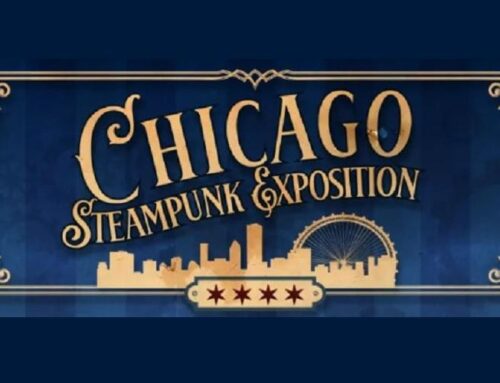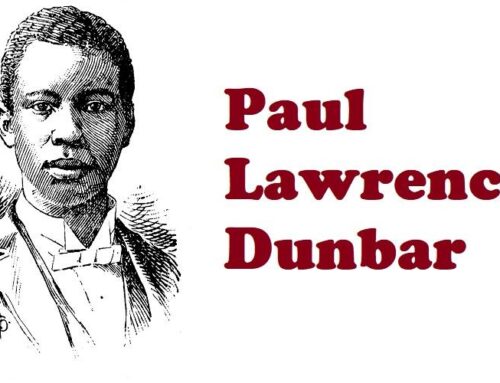We are enthusiastic supporters of the Chicago History Museum here at WorldsFairChicago1893.com. The museum (formerly known as the Chicago Historical Society) owns a collection filled with interesting and rare items pertaining to the 1893 World’s Fair. The museum’s regular displays of WCE artifacts can be viewed in the “Chicago Crossroads” exhibit, and a stunning miniature view of the Court of Honor on the Grand Basin resides in the Chicago Dioramas room. The CHM Research Center provided access to one of the largest and most significant collections of Columbian Exposition materials in existence, while the bookstore offers a selection of WCE books and merchandise.
The Museum held a Members Open House on June 28, 2018, during which historians, curators, collection managers, artisans, and administrators welcomed guests into parts of the museum not normally accessible to the public. They provided tours of the President’s office, the basement dress and textile storage, the paint and carpentry shops, and the stacks of the Research Center (all the way up into the attic!). Select items from their large collection relating to Chicago’s failed bid for the 1993 Olympics were showcased in the stacks. Staff also brought out of storage interesting parts of the collection not currently on display.
Among the behind-the-scenes activities of this latest Open House was a room dedicated to the World’s Columbian Exposition. On display was an educational outreach activity that the Museum uses with Chicago students learning about the Columbian Exposition through images, text, and original artifacts. Each station featured a large photograph of a building or exhibit (the Manufactures and Liberal Arts Building, the Mines and Mining Building, the Agriculture Building, the Woman’s Building, the Children’s Building, the United States Government Building, the Fisheries Building, the Libbey Glass Factory, and the Ferris Wheel), with a list of “Things to See” back in 1893. Several displays also included artifacts, including commemorative spoons, illustrated playing cards, a Chase & Sanborn’s Coffee saucer, a glass paperweight, a commemorative coin, and a Libbey glass hatchet. A huge cloth map of the fairgrounds hung on the wall and showed the locations of each of these fair exhibits, and printed paper maps were available for guests. A video screen provided more information about the various buildings, while educator Megan Clark answered a wide range of questions. (Why did it all go away? seemed to be the most frequent!)
We encourage Columbian Exposition enthusiasts to visit the museum and archives and to consider becoming a member of CHM.



(This should read Libbey’s Glass Company.)



(This should read Woman’s Building.)






Leave A Comment